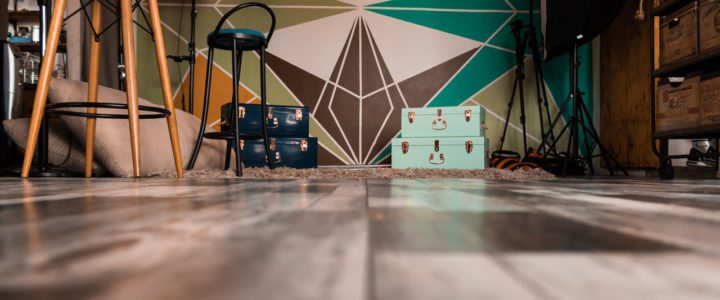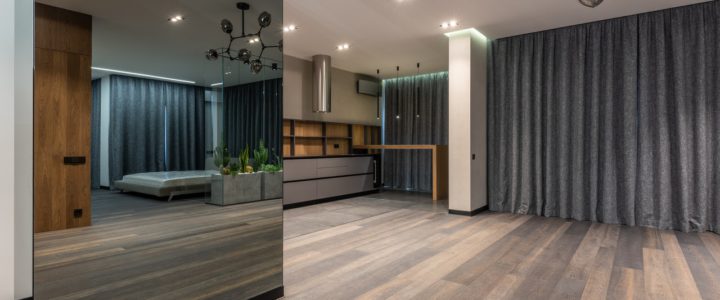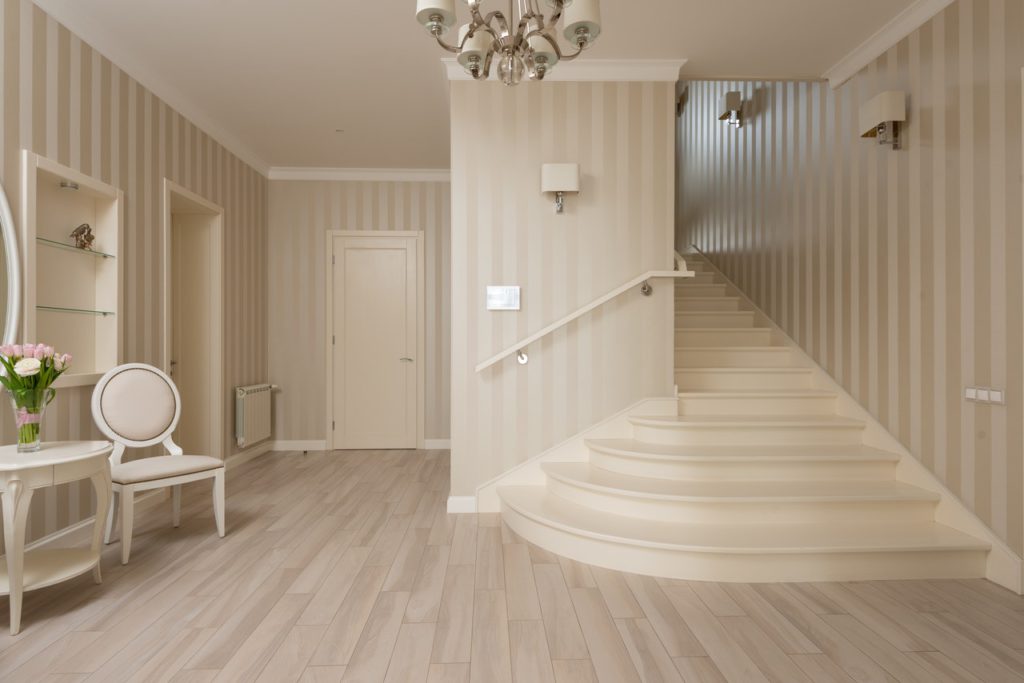Use products specially made for wooden floors and regular cleaning to protect the gloss of the floor covering. If your wooden floors are sealed with sealant, polyurethane oil or probably water repellent, no damp cloth or mop will penetrate the surface and damage the floors.
A short walk around the house with a microfiber duster mop every day can do much to make your beautiful hardwood floors look their best. Interior Timber Stains can ensure that any surface in your home is free of abrasion and damage with these tips.
You love your freshly painted porch floor and your garden furniture, but you also have your favourite rocking chair that starts to scrub off its shiny surface. Every time you sit down or your kids jump on the couch, the slightest movement or scratch can wear down your floor.

Protecting floors during construction is crucial to maintain their luxurious appearance and prevent permanent damage. The protection of floors helps to protect your workers and construction pollutants and prevents damage during remodelling.
For your tile floors to look chic and safe from damage, you need to rid them of dirt and dirt, and that can happen. The best way to prevent dirt and damage to the floor structure is to address the cause of the problem, which in many cases lies in the shoes.
Be proactive when it comes to protecting your tiles from abrasive particles such as dust, dirt and sand by committing to a weekly vacuum and dust wiping plan. Most vacuum cleaners have a “hard floor setting,” so dusting on the floor should be easy. If you need to sweep as often as possible, use the hard floor adjustment, turn the brush roller to avoid scratches, and the flat attachment to protect the floor from bristles.
By laying carpets everywhere in our house, especially in heavily frequented areas such as the entrance area, we have managed to minimize the wear and tear of our technical wooden floors. Carpets at the entrance collect so much dirt that they get onto the wooden floor, preventing further scratches and damage throughout the house. Pads protect sensitive floors from rough carpets and scratches.
Square or round cups made of rubber, glass or wood provide a firm grip and protect soft floors from dents, metal castors and heavy loads. They prevent skidding when the floor falls off and leave no indentations in the carpet.
You prevent your goods from scratching, dents and finishing wood, metal, glass and tiles. A timber protective coating gives your wooden floors a protective layer, so you have time to remove dirt before any damage is done.
Adhesives are materials that protect your floor from paint stains, pressure and movable heavy equipment. If you are using a makeshift floor covering that does not stick, you can use blue painter’s tape to prevent it from slipping off surfaces.
Some floorboard products are equipped with adhesives that prevent them from slipping off your floor surface, so you can keep them in place with paint tape. Measure and cut kraft paper to cover hardwood floors, use canvas or lay down cloth carpets or glue them down so that your skirtings are low enough to glue with paint tape.
When choosing a flooring strategy for tiles or wood, you should protect the floor from hammers and heavy objects that may fall on the floor. You may also want to add a carpet or upholstery to the floor covering to protect your tiles.
In your home, the floor is an integral part of the design and furnishing of your home. If you are considering a multi-purpose environment for your project, you should be wary of your timber oil protection agents. In recent years there have been innovations in flooring, so you should choose waterproof flooring for your home like resilient flooring or flooring that looks like wood, stone or ceramic when laid.
In everyday life, there are a few things you can do to protect your parquet floors from water damage. When you are working on remodelling your home, you should consider how to protect wooden floors while also ensuring that other features, such as suspended ceiling tiles, are kept in good condition to maintain the overall look and feel of your space. Incorporating wire tree guards into your garden or wire and mesh into your design can offer extra protection and aesthetic appeal. If you are planning a construction project, using aluminium battens can also provide a sturdy and stylish support structure while also safeguarding your floors.
In a nutshell, maintaining the beauty and integrity of your wooden floors requires regular care and thoughtful planning during both everyday activities and larger construction projects. By using products specially made for wooden floors, keeping up with regular cleaning, and taking proactive steps to protect your floors from potential damage, you can ensure their luxurious appearance for years to come.



